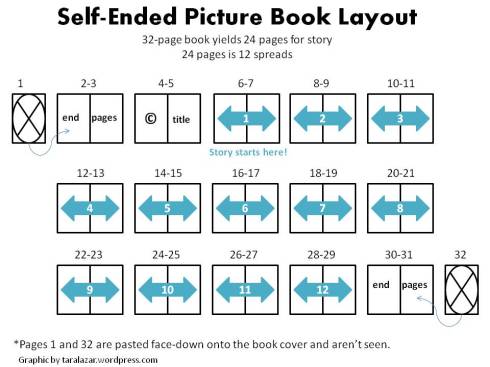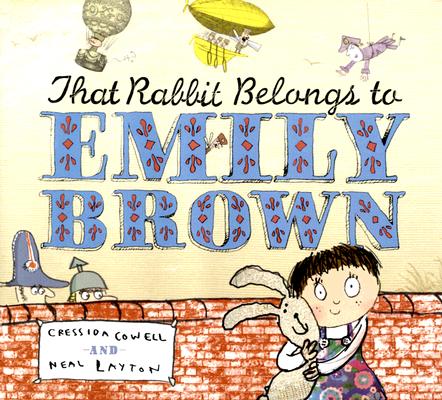You are currently browsing the tag archive for the ‘Ruby the Copycat’ tag.
***blows into hankie***
Yes, I’m emotional because the 5th annual PiBoIdMo has come to a close. It’s been an incredibly satisfying few months for me—from organizing guest bloggers, to reading their sage advice, to receiving thankful emails from you, the participants. I am grateful for your feedback. Knowing that the kidlit writing community has benefitted from this challenge is my greatest reward. It means there are many more fabulous picture books on their way, into the eager hands of children.
As a newbie kidlit writer, I had to discover much of the information you’ve learned here on my own. There were few picture book blogs when I began my journey seven years ago, and most of the craft knowledge I gained was from SCBWI events. I would take copious notes then dash home to transcribe them with lightning fast fingers. Doing so helped the information soak into my brain. Then I decided to slap my notes on a blog for others to benefit. After all, not everyone is able to attend SCBWI events.
To this day, the most popular post on my blog remains the one I created when I learned about picture book construction from an editor—the difference between a self-ended picture book and one with colored ends—and how you do not have 32 pages to tell a tale in a 32-page picture book. No one had ever bothered to explain this to me before, and I had never seen it diagrammed. That post from February 2009—almost five years ago—gets the majority of this blog’s traffic, even during PiBoIdMo!
.
But I’m also emotional because—hey—picture books crave emotion. A story is truly defined as an emotional journey. The character in the beginning of your story is not who she is at the end. She has grown. Changed. EVOLVED.
Your picture book should contain a universal emotional truth to which a child can identify. The reader must empathize with your character. They must know how your character feels. They must become invested in the emotional journey.
Let’s examine some emotions in popular picture books:
The premise:
Emily’s favorite toy Stanley gets bunny-napped by mean old Queen Gloriana.
The emotional truth:
Children understand the love and joy a cherished toy brings. And they understand the misery of that kind of loss.
Other lost-toy tales:
KNUFFLE BUNNY & KNUFFLE BUNNY TOO by Mo Willems
EXTRA YARN by Mac Barnett & Jon Klassen
I LOST MY BEAR by Jules Feiffer
.
The premise:
Ruby is the new girl in school and she just wants to be noticed. But she goes about it the wrong way—by copying everything Angela wears, says and does.
The emotional truth:
Children feel trepidation surrounding new situations. Being young, their lives are full of “new”. Many books deal with this issue, from welcoming a new baby into the family (be careful, this topic is overdone), to being the new kid in school. Other emotional themes in these books are loneliness, fitting in, and being yourself.
Other making-friends/new kid tales:
LISSY’S FRIENDS by Grace Lin
YOU WILL BE MY FRIEND! by Peter Brown
NEVILLE by Norton Juster and G. Brian Karas
.
The premise:
Everything was always quiet on Earmuffle Avenue, that is, until the Louds moved in. The quiet neighbors became quite upset. They asked the Louds to tone it down, but once silence descended, the neighbors realized they missed the boisterous family.
The emotional truth:
Children must constantly adjust to a variety of people, ideas and perspectives around them. And they have to assert themselves and grow into their own little personalities. They understand how “different” some people can be. They understand how they can sometimes be the “different” one. Books like THE LOUDS demonstrate how it’s OK to be whom you are, and that it’s possible to appreciate people who are different from you. And the book does this without being preachy. In fact, it’s mighty good, rowdy fun.
Other being-different/being-yourself tales:
CALVIN CAN’T FLY by Jennifer Berne & Keith Bendis
COWBOY CAMP by Tammi Sauer & Mike Reed
CHRYSANTHEMUM by Kevin Henkes
.
The premise:
Zack is tired of his pesky little sister overtaking his bedroom. So he buys monsters to scare Gracie away. But the monsters don’t do their jobs. In the end, however, the siblings learn to appreciate each another and to cooperate.
The emotional truth:
Many children have siblings and they understand the contentious nature of that relationship. They can relate to a sibling either being pesky, or being shunned and teased by an older sibling. So they can understand Zack’s eagerness to spook Gracie and Gracie’s desire to be around her brother. And they also know that sometimes a sibling can be the best playmate ever.
Other sibling tales:
THE CHICKEN OF THE FAMILY by Mary Amato & Delphine Durand
SCRIBBLE by Deborah Freedman
DAFFODIL by Emily Jenkins & Tomek Bogacki
These stories aren’t just about a toy rabbit, a classroom, loud neighbors or kooky monsters. There is an emotional layer woven into each tale. The child reading the story can empathize with the characters because they have felt similar emotions. Sure, they may never have been visited by the Queen’s footmen or crawled into a trap-door monster store—those are the fantastical elements of the stories. But these elements are grounded in reality by EMOTION.
Other emotions in picture books:
- Fear/Worry
- Anger
- Confusion
- Disappointment/Loss
- Sadness
- Embarrassment
- Impatience
- Nervousness/Anticipation
- Loneliness
- Excitement
- Thankfulness/Appreciation
- Pride
- Love
- Happiness
And there’s more. This is by no means an exhaustive list!
Your assignment, should you choose to accept it, is to identify the emotion in random picture books. Go to the library, pull some off the shelf and read. What emotions are in the tale? How easily can a child relate to these emotions?
And don’t forget a box of tissues. Some books are so lovey-dovey, I can’t help but choke up.
***blows into hankie***
.
Here’s a request from me—if you have enjoyed PiBoIdMo 2013 and reading this blog, I ask for your nomination for “The Top 10 Blogs for Writers” over at Write to Done. Please note the nomination will not count without the link to my site (taralazar.com) and a comment regarding why you are nominating it. And of course, feel free to nominate someone else’s deserving blog instead of this one. Only one nomination counts, so make it count!
Also, signed and personalized copies of THE MONSTORE are available for holiday purchase directly from The Bookworm in Bernardsville, NJ. Just give them a call at 908-766-4599 and I’ll run over there to sign your copy. (Don’t worry, it’s not far. And besides, who doesn’t love spending time at a bookstore?)
Thanks again for participating in PiBoIdMo 2013! It’s your enthusiasm that makes this such a worthwhile event. Prize selections will begin this week! Good luck to all!



















